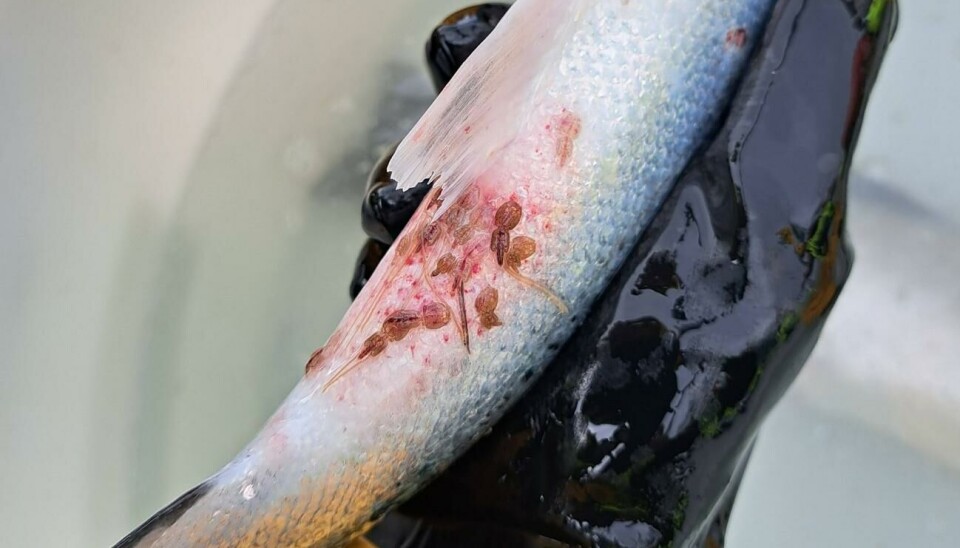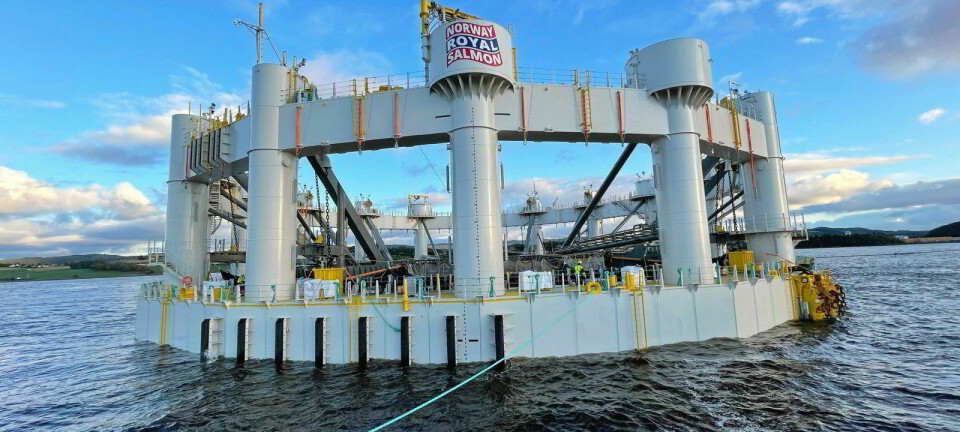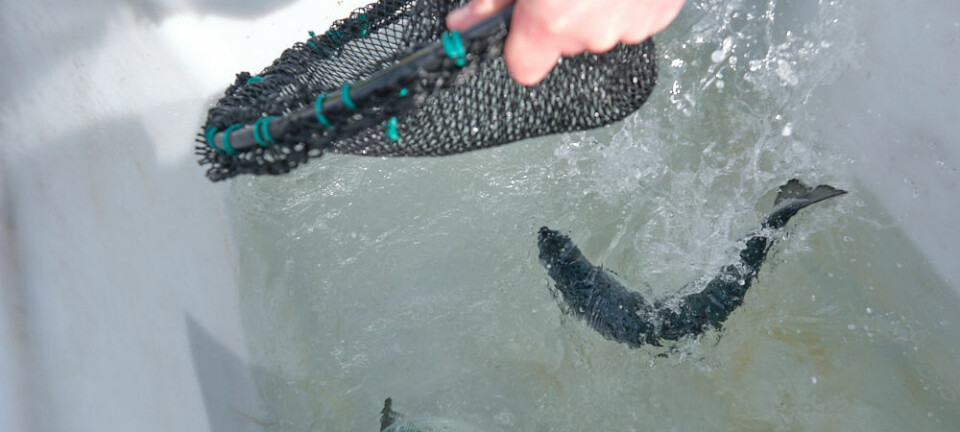
New feed-based treatment against salmon lice
The solution, called Barracuda, is intended to provide high efficiency without handling the fish
Canadian biotechnology company EVAH has been granted a US patent for its new feed-based treatment against sea lice. The product, called Barracuda, shows high efficacy – over 99% in tank trials – against all developmental stages of sea lice, and is administered via feed without the need for handling the fish. The company says this means less stress, lower mortality and better fish welfare.
"It is high time to offer the industry a solution that actually works – and that works with nature, not against it," says Michel Fortin, chief executive of EVAH.
The treatment takes place over a week and, according to the company, is easily integrated into current operations. The fish are fed regular food both before and after the treatment period. Unlike chemical baths and mechanical delousing, which require repeated interventions, Barracuda can be used simultaneously across locations – and thus help to reduce lice pressure in entire fjord systems.
'Real change'
Sea lice cost the industry over $4 billion dollars annually, mainly due to reduced fish health and downgrading. At the same time, the lice have developed resistance to several current treatments.
“Producers are facing a parasite that they can no longer effectively control. Not only new tools are needed, but solutions that bring about real change,” says Fortin.
He claims that EVAH's solution has low environmental impact and is not bioaccumulative.
"It reduces the need for wellboats and complicated logistics, and thus also results in a lower carbon footprint. In addition, it provides higher harvest yields, fewer downgrades and a better price."
The company has filed an international patent application (PCT) to protect the technology globally. EVAH believes the solution has the potential to contribute to more sustainable growth in the aquaculture industry.



































































